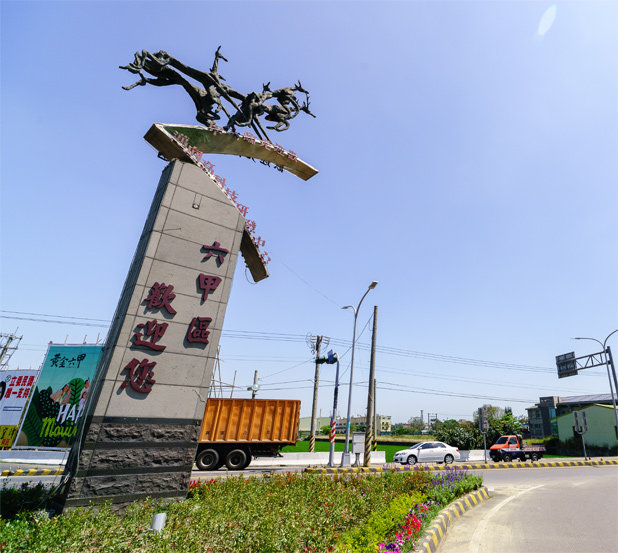:::
History
 According to legend, the name of Lioujia originated over three hundred sixty years ago. Near the end of the Ming Dynasty, Chen Yonghua, one of Jheng Cheng-gong’s (Koxinga) chief counselors, was stationed here, and proceeded to cultivate the wastelands and turn them into farmland. The cultivated areas varied in size and hence the names Erjia, Lioujia, and Cijia. Eventually Erjia, Lioujia and Cijia were combined together into one township, and it was renamed Lioujia Township since Lioujia was the central point.
According to legend, the name of Lioujia originated over three hundred sixty years ago. Near the end of the Ming Dynasty, Chen Yonghua, one of Jheng Cheng-gong’s (Koxinga) chief counselors, was stationed here, and proceeded to cultivate the wastelands and turn them into farmland. The cultivated areas varied in size and hence the names Erjia, Lioujia, and Cijia. Eventually Erjia, Lioujia and Cijia were combined together into one township, and it was renamed Lioujia Township since Lioujia was the central point.
The ancestors of the residents in this region hail from China’s Fujian Province. At the beginning of the Cing Dynasty, Taiwan was under the jurisdiction of Fujian Province, which established the Taiwanese government into three counties. The Lioujia region was under the jurisdiction of Jhuluo County’s Chihshan Fort. The First Sino-Japanese War began in the middle of Cing Emperor Guangsyu’s reign (1894), but due to the Cing defeat the following year, the war ended with the signing of the Treaty of Shimonoseki, in which the Cing ceded Taiwan to Japan. The region was placed under the jurisdiction of the newly created Jiayi County’s Lioujia administrative hall. During the middle of the Meiji era (November 1900), Lioujia’s administrative hall was eliminated, while the Yanshueigang Hall was built, governing Lioujia. In the Meiji era (1908), Yanshueigang Hall was abolished and Lioujia fell under the authority of the Tainan Hall, Lioujia branch. In the later years of the Taisho era (October 1, 1920), the local administrative system was reformed under the state of Tainan, Zengwun County, Lioujia village. The first director created the local autocracy and by combining fourteen tribes, this region was officially renamed Lioujia Township after World War II in 1945.